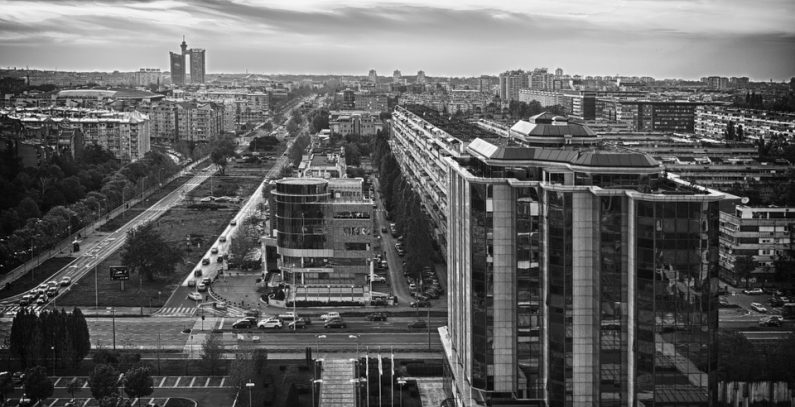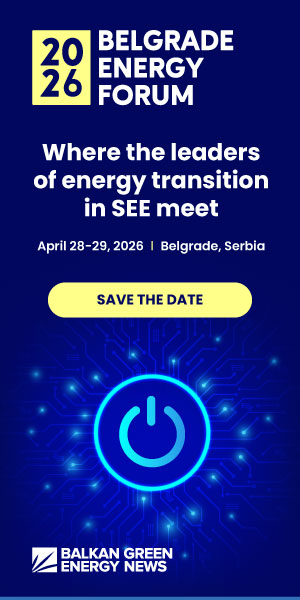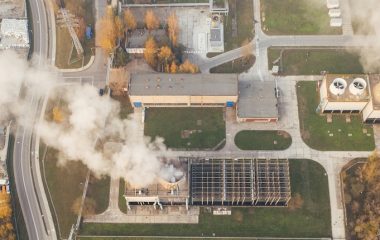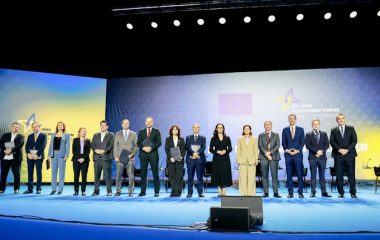
Photo: Pixabay
The Serbian capital Belgrade had excessive air pollution throughout the 2010-2017 period, except in 2014, mostly due to particulate matter PM10, but also due to nitrogen dioxide (NO2) emissions, according to the Serbian Environmental Protection Agency’s (SEPA) 2017 Annual Report on the Environment.
PM10, defined as inhalable particles with diameters generally 10 micrometers and smaller, is also the top air pollutant in Serbia, with all air quality monitoring stations in the country registering exceedances of the permitted daily limit value of 50 micrograms per cubic meter (µg/m3), according to SEPA’s 2017 Annual Report on the Environment.
The maximum margin of tolerance for PM10 daily limit exceedances is set at 35 days, with the Pančevo-Narodna bašta station registering daily limit exceedances on 157 days, Užice on 122 days, Valjevo on 114 days, Kraljevo on 106 days, and Kragujevac on 101 days in 2017.
At the same time, the national legislation does not allow NO2 daily limit exceedance for a single day per year, yet the exceedances were registered in a number of cities and towns and were particularly bad in Belgrade, with four monitoring stations, all in areas with heavy traffic, registering them – the Despota Stefana Street station on 46 days, the Vračar station on 35 days, the New Belgrade station on 3 days, and the Mostar station on 1 day.
In Užice, NO2 daily limit exceedances were registered on 5 days and Pančevo and Niš one day each in 2017.
Report conclusions on air quality in Serbia
The overall air quality in 2017 was unsatisfactory in Belgrade and a number of major towns and cities in Serbia, with excessive pollution also registered in Kragujevac, Kraljevo, Valjevo, Subotica, Pančevo, Užice, and Niš.
Air quality in Novi Sad, the second-largest city in Serbia, varies from year to year and was satisfactory in 2017. After registering severe levels of sulfur dioxide (SO2) pollution for years, the eastern town of Bor had satisfactory air quality for the second year in a row in 2017. In 2017, Sremska Mitrovica registered satisfactory air quality for the first time after three years.
Air quality has been undetermined for Smederevo and Kosjerić for three years for lack of data.
In 2017, the top emitters of sulfur oxide, nitrogen oxide, and particulate matter in Serbia were energy facilities, the food industry, the chemical industry, and the mining industry, according to the report’s conclusions.
In 2016, the conclusions go on to state, energy production and distribution accounted for 49.55% and road transport for 24.29% of NOx emissions; energy production and distribution for 92.97% of SO2 emissions; and agriculture for around 84.67% of NH3 emissions.
In 2014, the conclusions add, the overall estimated greenhouse gas (GHG) emissions in Serbia stood at 67,148.23 Gg CO2-eq, up 7.8% compared to 2000.









Be the first one to comment on this article.